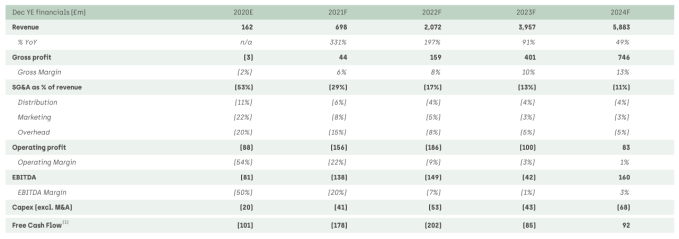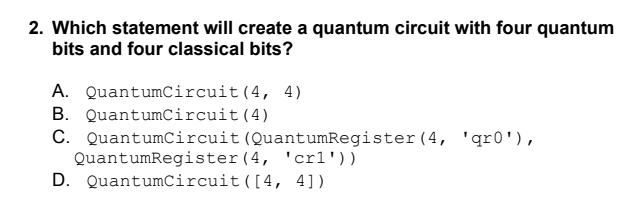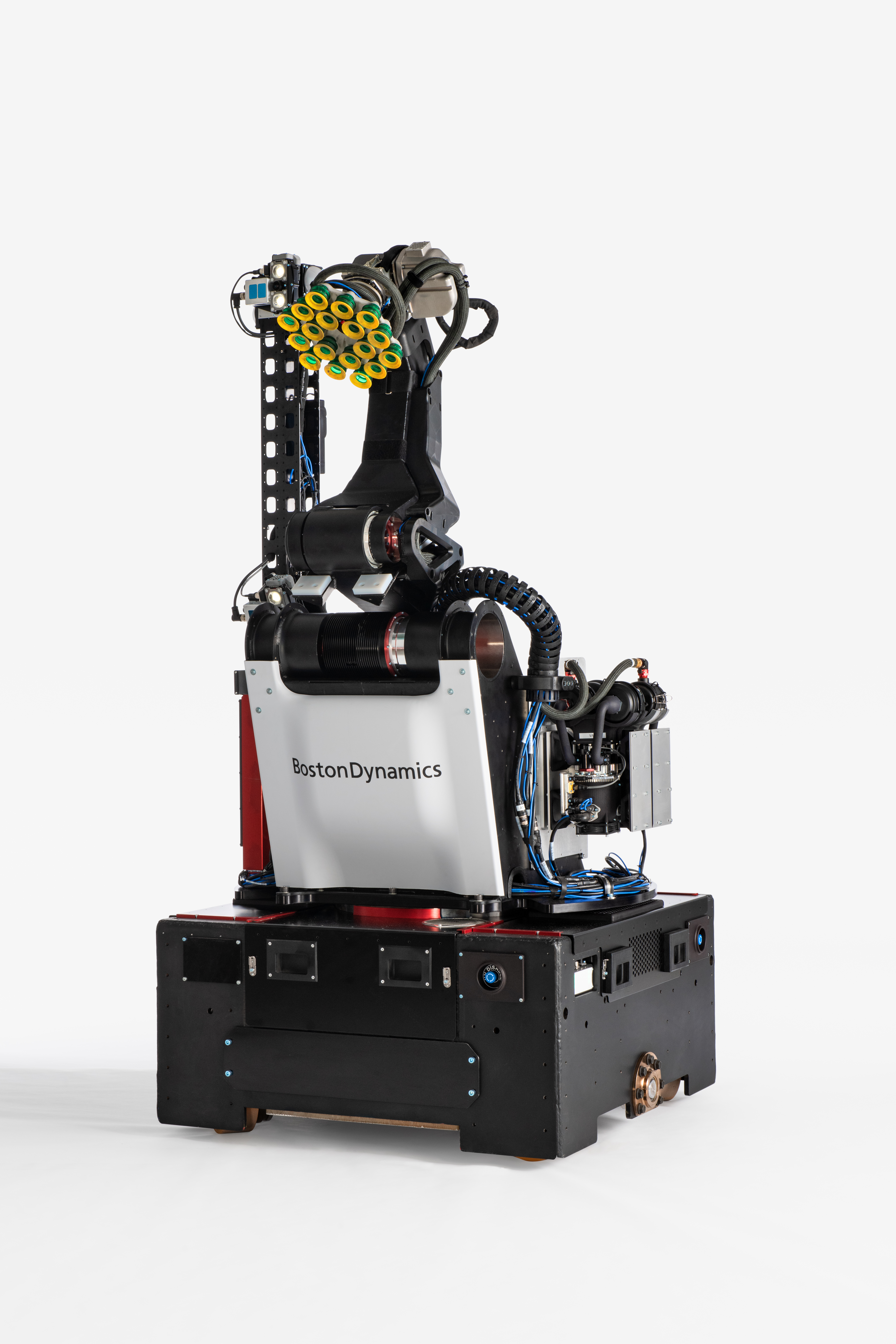The Station is a weekly newsletter dedicated to all things transportation. Sign up here — just click The Station — to receive it every weekend in your inbox.
Hi friends and new readers, welcome to The Station. A few items before we jump into the news.
Rebecca Bellan, who started writing for TechCrunch earlier this month, is going to be contributing to the micromobbin’ section as part of her focus on ebikes, scooters and other personal mobility vehicles. Reach out to her at rebecca.techcrunch@gmail.com if you want to share some micro news or offer up a tip.
Last week, I promised a new market maps article — those deep dives into slices of the transportation sector. The latest, written by Abigail Bassett, examines the business of augmented and virtual reality in vehicles. This is an Extra Crunch story, which requires a subscription.
As I’ve shared in here before, we’re bringing more transportation analysis to Extra Crunch. So far, we’ve had Mark Harris’ article on solid state batteries and Jason Plautz’s piece on the business of MaaS transit. This coming week we’ll have analysis on the market for second-life batteries.
Of course, my email inbox is always open. Email me at kirsten.korosec@techcrunch.com to share thoughts, criticisms, offer up opinions or tips. You can also send a direct message to me at Twitter — @kirstenkorosec.
Micromobbin’

Lime rolled out several new app features designed to get more people riding their ever-growing fleet of e-scooters. The micromobility company will make e-scooter rides available to new users who don’t have the app and aren’t particularly fussed to download it — whether it’s for personal reasons, commitment issues or lack of phone space. Instead, customers can just scan the QR code on the scooter and let Apple’s App Clips or Android’s Instant App do the work of payment. Lime says they’re already seeing impressive conversion rates for new riders coming to the scooters slowly through this coy method.
Lime also decided to do away with the fee for reserving vehicles for up to 10 minutes, a cost that developers say was not only unnecessary, but also restrictive — apparently, during tests, the percentage of people who used the reservation feature increased once the price dropped. And to make it just that much more convenient to hop off the subway and step onto a scooter, the Lime app will also highlight a path to the rider’s nearest scooter. Finally, riders now you can go into dark mode on the app if they feel like it. Lime says this makes viewing the app at night easier on the eyes. And besides, all the other apps are doing it!
Some other micromobility tidbits …
British Columbia has approved e-scooter pilot projects in four cities within Metro Vancouver, as well as Kelowna and Vernon. Municipal governments put a call out for interested local jurisdictions last year, and these localities were among those who raised their hands. It’s still not clear which companies will be dropping their dockless e-scooters on the Canadian streets, but something tells me we’ll see many of the usual players.
In other policy-related news, Washington state is thinking about installing an e-bike tax break. A state Senate committee will be holding a hearing this week on a bill that would make e-bikes exempt from the state’s 6.5% sales tax.
— Rebecca Bellan
Deal of the week

TuSimple filed an IPO, putting to rest months of speculation that the autonomous vehicle startup was going to take the trendy route to the public exchanges and merge with a special purpose acquisition company. The company did not SPAC, but instead took the traditional IPO route.
TuSimple’s S-1 is a page turner. I’ll list a few of the items that popped out.
1. TuSimple’s shares are largely held by Chinese investors. The company’s principal stockholders of Class A shares are Sun Dream Inc with 20%, Composite Capital Master Fund with 7.28% and Navistar with 6%. Navistar is now owned by Volkswagen Group’s The Traton Group. TuSimple’s co-founders Mo Chen and Xiaodi Hou hold 9.1% and 8.5%, respectively in Class A shares. The two each hold 50% of the Class B shares.
The Sun Dream is ultimately controlled by Charles Chao, who is a board member, but perhaps best known as the chairman of Sina, which owns Weibo.
While TuSimple has a large U.S. presence and a number of partnerships with U.S. companies, there’s no denying its Chinese ties.
2. At least one of TuSimple’s investors has caught the attention of the Committee on Foreign Investment in the United States. TuSimple reveals in its S-1 that CFIUS is reviewing shares held by Sun Dream, which as I mentioned above is an affiliate of Sina Corporation. CFIUS will have 45 days to conduct a review of the Investment.
3. The S-1 shows that TuSimple had a loss from operations of $177.9 million in 2020, more than double loss of $84.8 million incurred in the previous year. The company said it had net losses from operations of $45 million in 2018. Its accumulated deficit was $405.2 million as of December 31, 2020.
Net loss attributable to common stockholders sat at $198.8 million in 2020, up from a loss of $145 million a year earlier. The company’s revenue did rise to $1.8 million in 2020, up from $710,000 the previous year.
The upshot: TuSimple has lost more than $307 million in the past three years, a figure that illustrates the kind of capital that the larger, well funded autonomous vehicle companies are pouring through to try and commercialize the technology.
It makes me more confident than ever that other AV companies like Aurora will soon file to go public as well, either via the traditional path or through a SPAC merger.
Other deals that got my attention this week …
Automotus, a curb management startup that uses video analytics, raised $1.2 million in a seed round last month led by Quake Capital, Techstars Ventures, Kevin Uhlenhaker (the co-founder & CEO at NuPark, which was acquired by Passport) and Baron Davis. More investors, including Ben Bear, Derrick Ko, and Zaizhuang Cheng of micromobility company Spin, have piled on bringing its total raise to $2.3 million, CEO Jordan Justus told TechCrunch.
Baraja, Australian lidar maker, raised a $31 million in a Series B round led by Blackbird Ventures. Main Sequence Ventures, Hitachi Construction Machinery, Regal Funds Management, Perennial Value Management and InterValley Ventures also joined the round.
The company said the funds will be used to continue the deployment and development of its “unique and ingenious” imaging system. As Devin Coldewey explains in his article, Baraja’s lidar uses what the company calls Spectrum-Scan, letting physics do the hard work of directing the light. By passing its laser through a prism, different wavelengths of light go in different directions — and when it comes back, it takes the same path. Check his coverage of the company from CES last year, which lays it out in more detail.
Baton, a San Francisco-based startup that wants to set up drop zones for long-haul trucking companies, raised $10.5 million in the Series A in a Series A funding round, co-led by 8VC and Maersk Growth, the corporate venture arm of logistics giant AP Moller-Maersk. The now has a post-money valuation of $50 million, co-founders Nate Robert and Andrew Berberick told TechCrunch.
Prologis, Ryder, Lineage Logistics, Project44 CEO Jett McCandless, KeepTruckin’ CEO Shoaib Makani, Clarendon Capital operating partner John Larkin, I.S.G founder Trace Haggard and Cooley LLC all participated in the round.
Blacklane, the Berlin startup that provides on-demand black-car chauffeur service, closed a round of €22 million ($26 million at current rates). Blacklane, which took a majority stake in Havn in February, said that it will be using this latest round of funding to continue expanding sustainable travel initiatives, and to continue expanding its existing business with more flexible options for riding.
Flapper, an on-demand private aviation company based in Brazil, raised $2 million in a Series A round led by the aerospace-focused fund, Confrapar. Crowdfunding platform SMU and angel investor group Investidores.VC also participated along with a number of foreign and local investors, including three undisclosed air taxi companies. The company has previously raised $1 million Seed funding, led by Confrapar and ACE, Brazil’s largest accelerator.
Gorillas, the Berlin-based grocery delivery startup, raised $290 million in Series B funding, at a valuation that surpasses $1 billion. The round was led by Coatue Management, DST Global and Tencent, with participation from Green Oaks, Fifth Wall and Dragoneer. Previous backer Atlantic Food Labs also followed on.
Hoppin, the Canadian travel startup Hopper, raised a $170 million in a Series F round led by Capital One. The U.S. banks and credit card company is also coming on board as a strategic partner, to launch Capital One Travel, which is the first instantiation of Hopper’s new B2B platform, Hopper Cloud.
Woven Capital, the investment arm of Toyota’s innovation-focused subsidiary Woven Planet, kicked off its new $800 million strategic fund with an investment in autonomous delivery startup Nuro. Neither company shared the amount of the investment. We do know that Woven Capital’s contribution was part of Nuro’s $500 million Series C funding round, which was announced last November. Chipotle also invested in the round, which also included funds managed by T. Rowe Price Associates, Inc., with participation from new investors Fidelity Management & Research Company, LLC and Baillie Gifford.
Notable news and other tidbits

Whew, the newsletter is a bit long already, so I’ll just mention a few other items worth noting this week.
Autonomous vehicles
Cruise, autonomous vehicle subsidiary of GM, seems to be trying to appeal to the youths by creating an influencer-esque personality out of one of its vehicles. “Poppy,” who identifies with she/her pronouns according to her Twitter bio, debuted her first post Wednesday, sharing a TikTok video that shows her riding around the streets of San Francisco. Cruise began testing its self-driving car on the Bay Area streets in December.
Plus will be part of a pilot project with SF Express that aims to demonstrate how trucks with an automated driving system can improve logistics operations. Plus is running its supervised autonomous trucks on two long-haul routes in China.
Yandex published a blog post with details on how its autonomous vehicles development in Russia. The company said it recently passed 6 million miles of testing, with one-third of that mileage driven in Russian winter conditions. The blog describes how it uses neural networks to filter snow out of the lidar point cloud and handle condensation clouds created by car exhausts and heating vents, among other challenges.
Electric
BMW Group and California utility Pacific Gas & Electric are rolling out the next phase of a pilot that aims to test — and learn — how electric vehicles could support the integration of renewable energy on the electric grid.
Electric vehicle manufacturers are pushing back against a decision by the National Highway Traffic Safety Administration to delay penalty increases for automakers who fail to meet fuel efficiency standards. Tesla has taken the most active role and petitioned the Second Circuit U.S. Court of Appeals to review the ruling, saying that the delay “inflicts ongoing, irreparable injury” on the company and creates an “uneven playing field” by reducing the consequences of nonadherence.
Geely Automobile Holdings is launching a new brand of premium electric vehicles called Zeekr. The vehicles will be manufactured by parent company Zhejiang Geely Holding Group. The first Zeekr vehicles are expected to be delivered in the third quarter of 2021.
Jeep has partnered with Electrify America to create the Jeep 4xe Charging Network. Jeep-branded EV charging stations will be installed at or near the trailheads of Jeep Badge of Honor off-road trails over the next year. Jeep 4xe charging stations are scheduled to open this spring at three of the most-popular off-road sites and icons for the Jeep brand: Moab, Utah as well as the Rubicon Trail and Big Bear, both of which are in California. (Sorta reminds me of the Rivian adventure network).
Rivian has been sued by Illinois car dealers over its direct-to-consumer sales model.
Tesla is now accepting bitcoin (at least for customers in the U.S.).
Ride-hailing and sharing
Uber is being challenged in the U.K for using facial recognition technology for a driver identity system. The App Drivers & Couriers Union and the Worker Info Exchange have called for Microsoft to suspend the ride-hailing giant’s use of B2B facial recognition after finding multiple cases where drivers were mis-identified and went on to have their license to operate revoked by Transport for London.
Via partnered with southeast Michigan’s public transit authority (known as SMART) to launch an on-demand public transit service in the Detroit Metro area. The on-demand public transit service, called SMART Flex, will act as a complement and extension to the existing transit system in the area.











